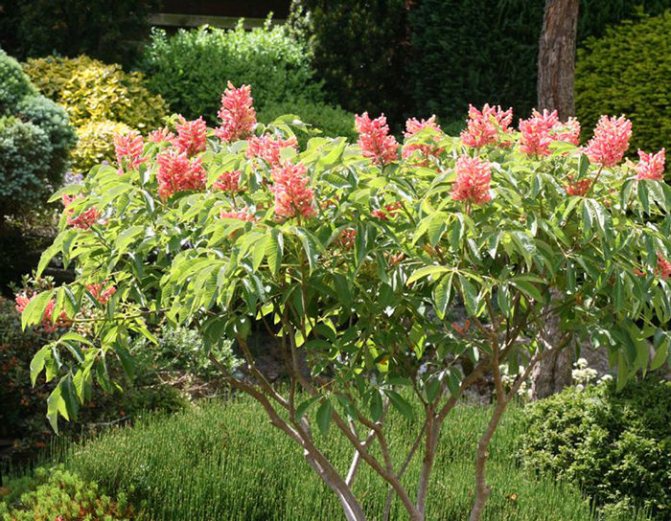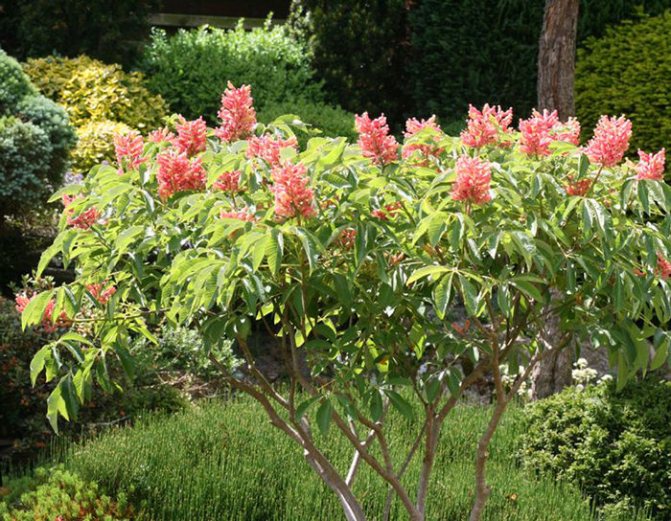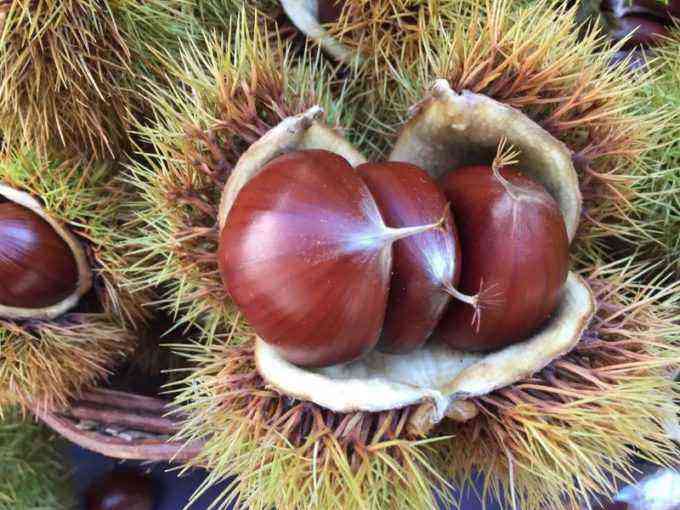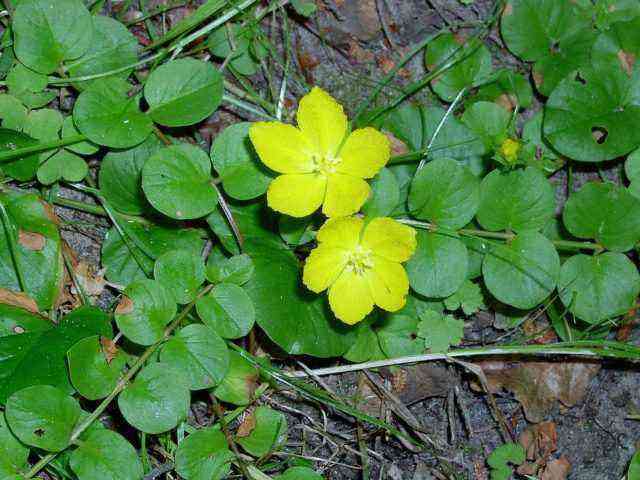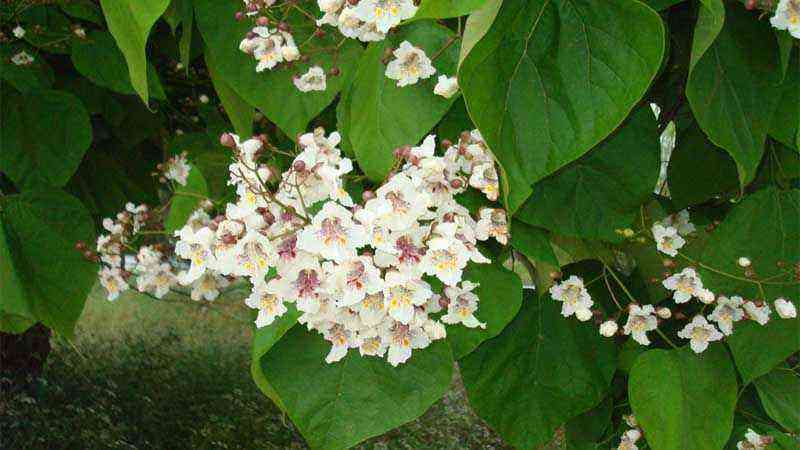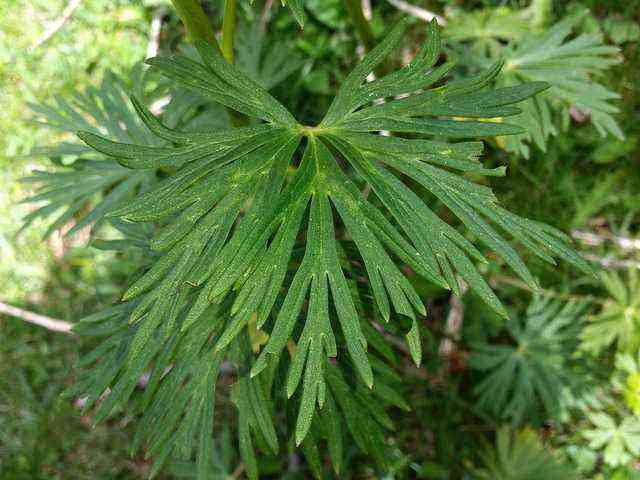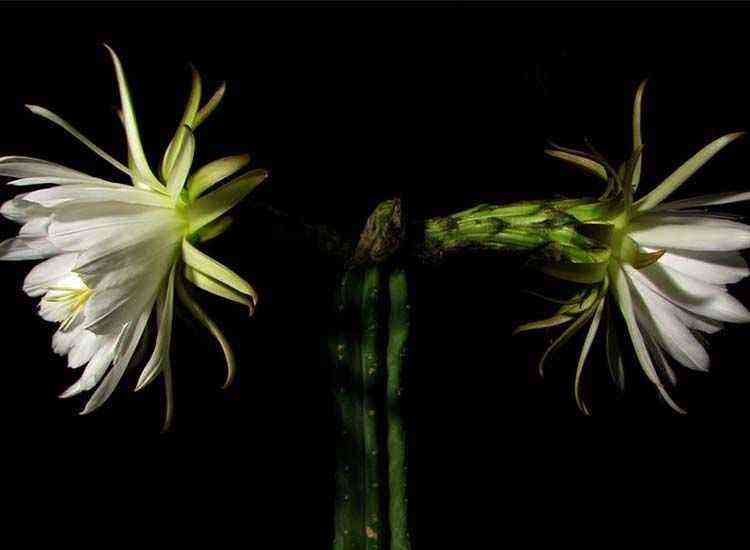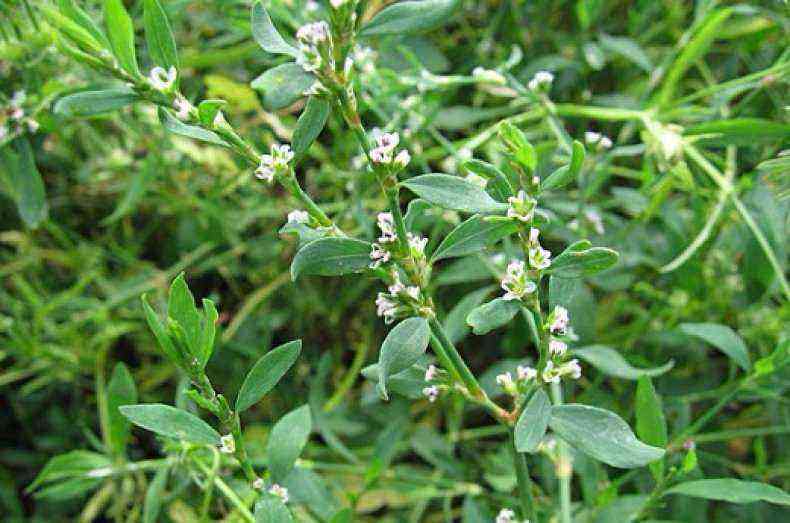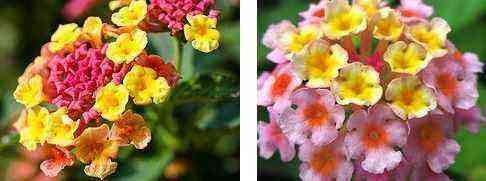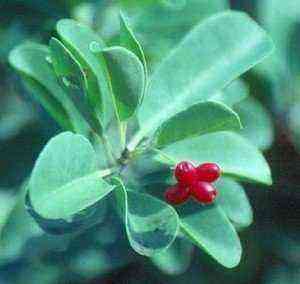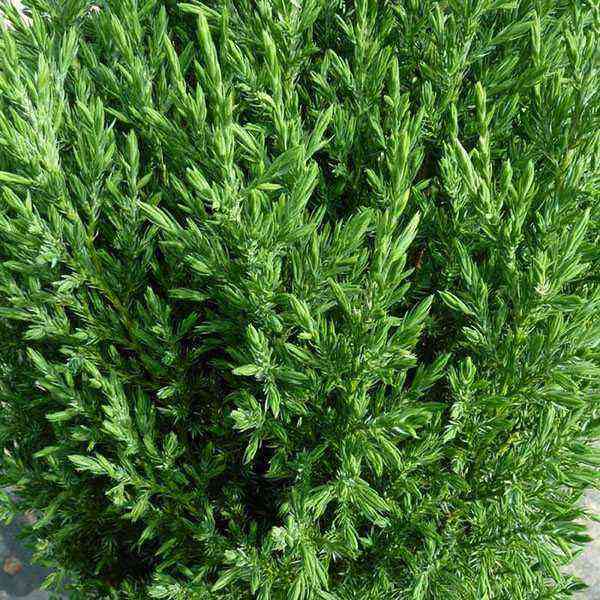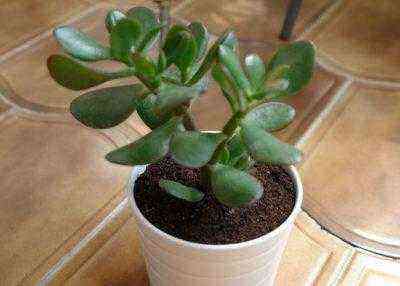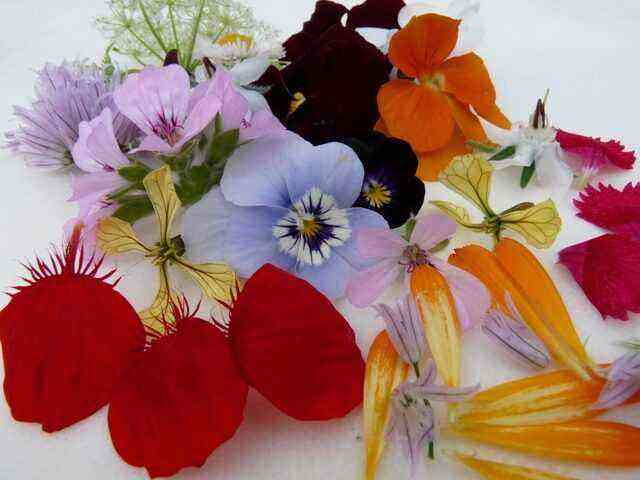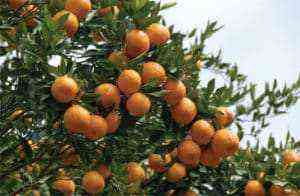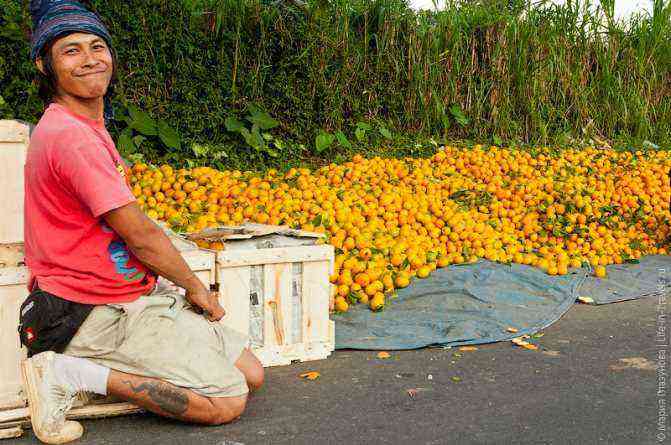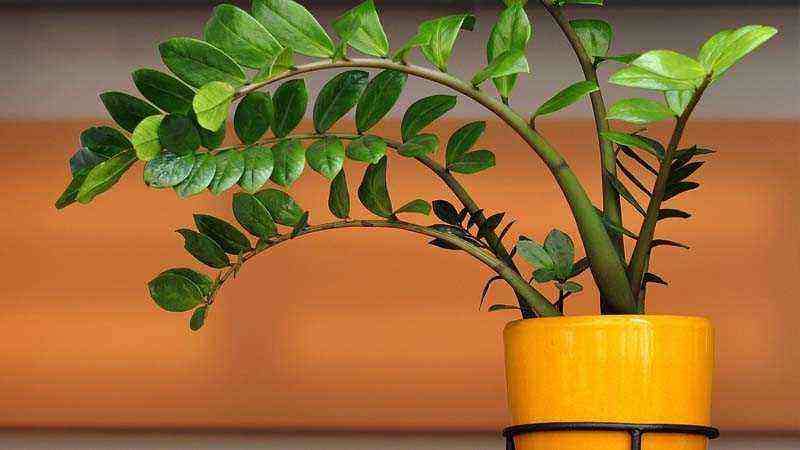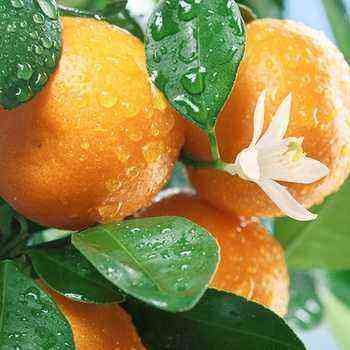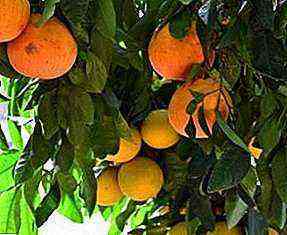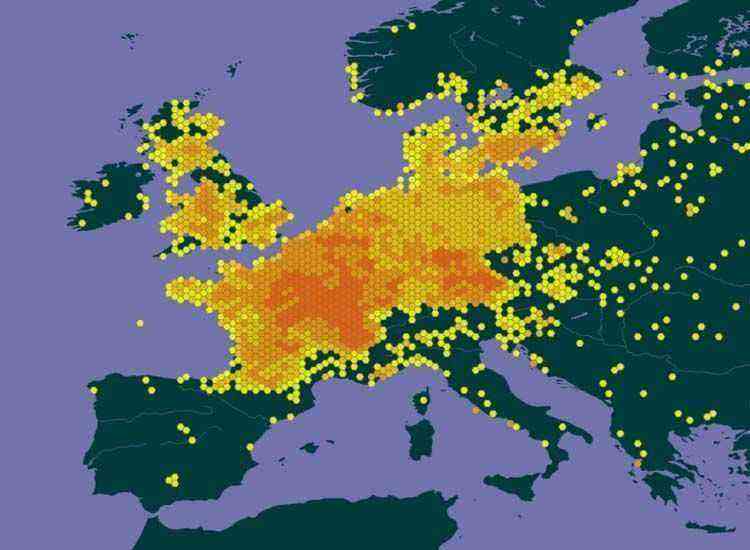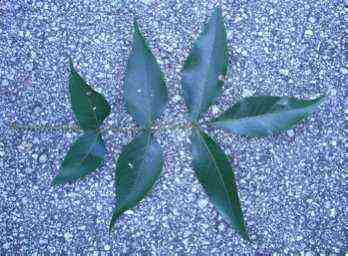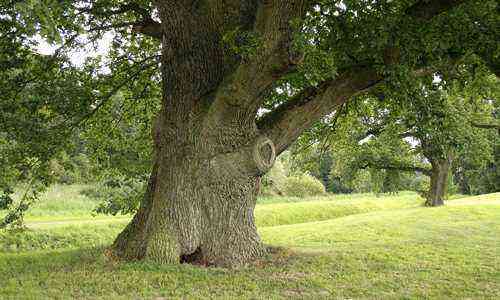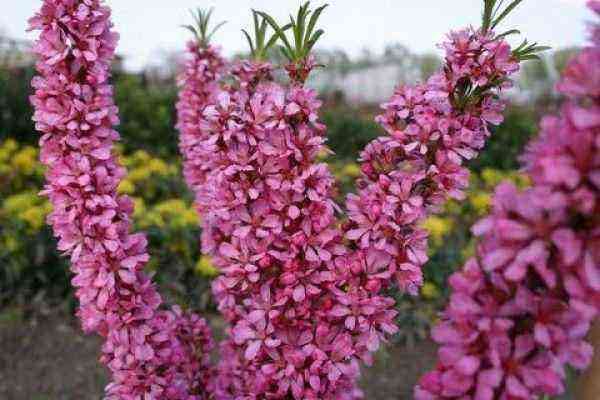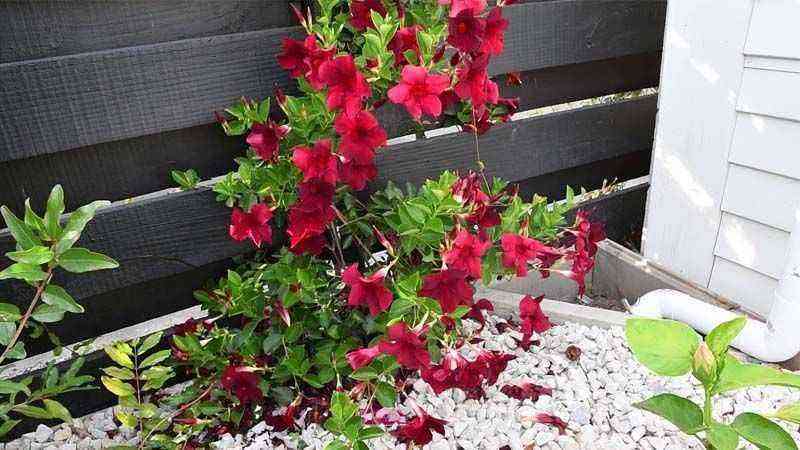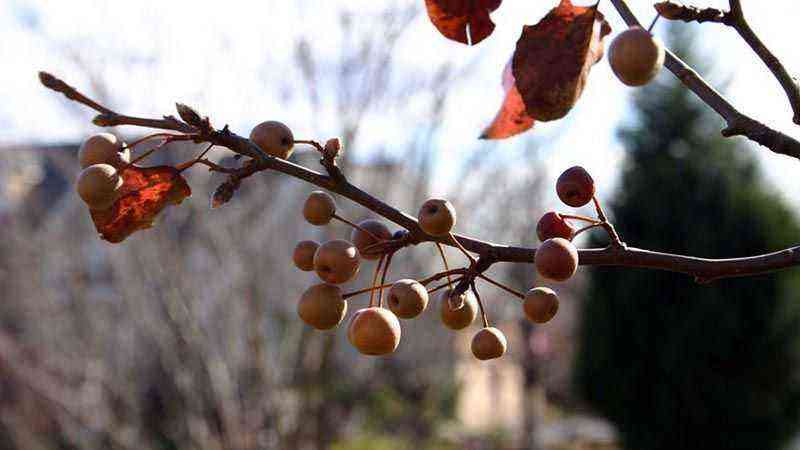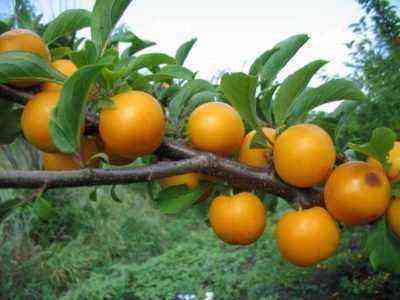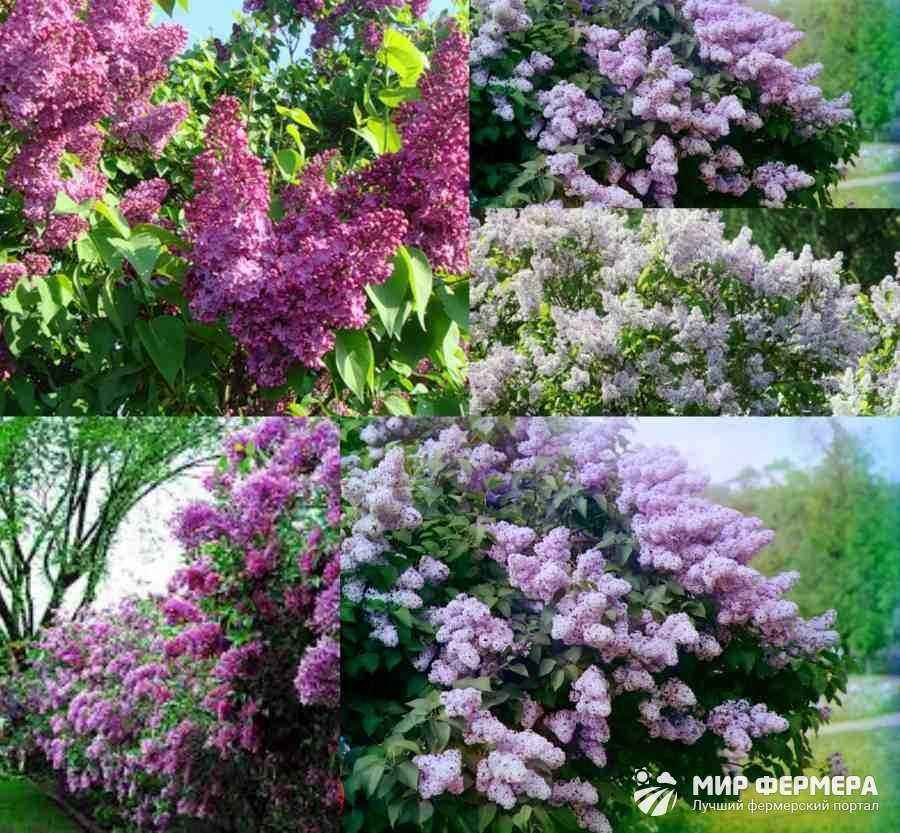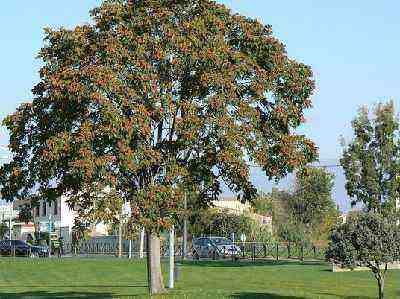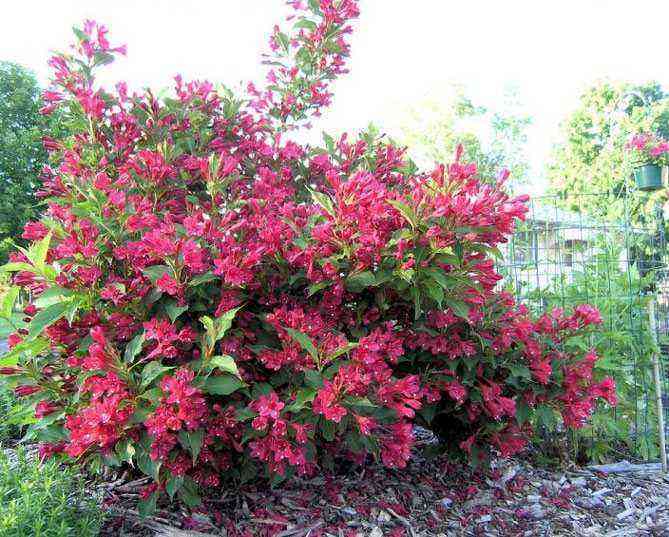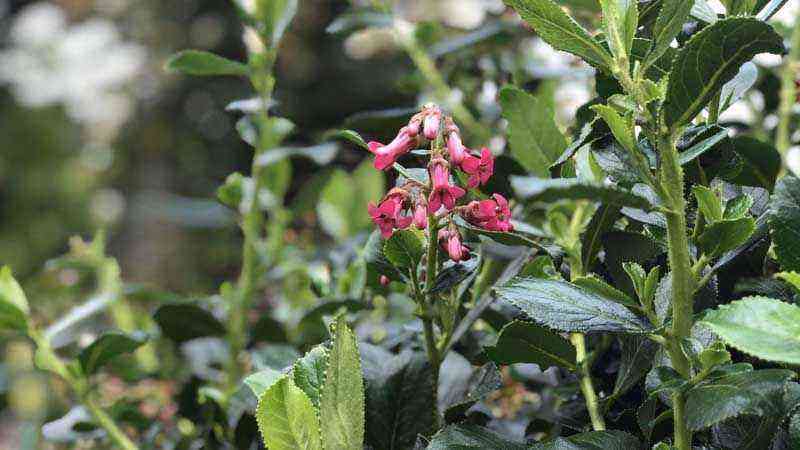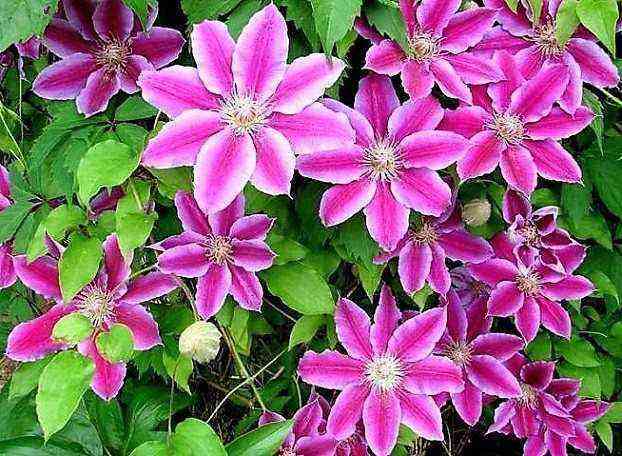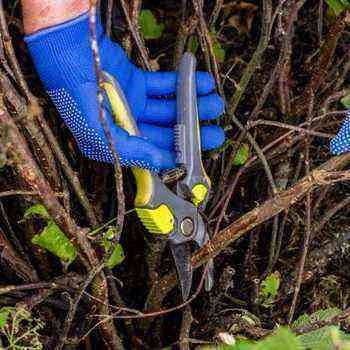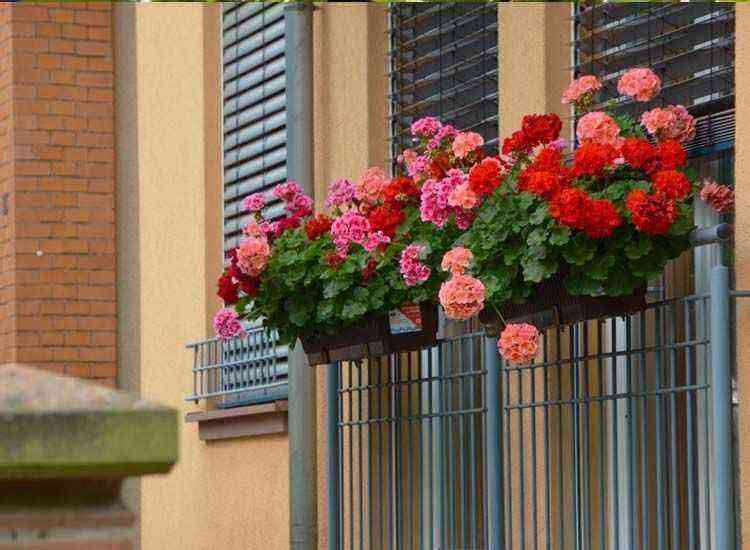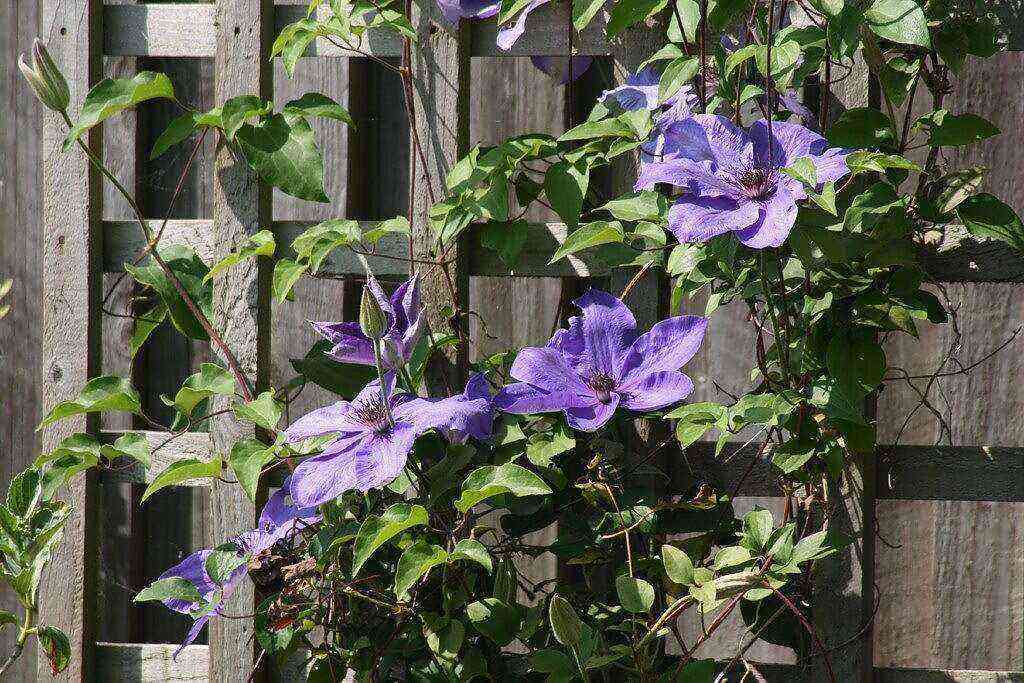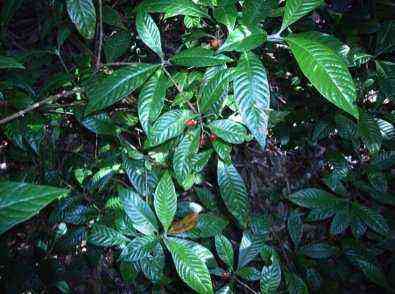Chestnuts are commonly used for decorative purposes. They are planted in parks, squares and along alleys, creating beautiful recreation areas. In addition, the fruits of some plant species are edible. A large number of interesting and tasty dishes can be prepared from them.
Gender description
Chestnut includes 14 species, besides the representatives of the genus Castanea itself, plants from other families are called “chestnuts”. For example, domestic or Australian chestnut (Latin Castanospermum, legume family) and horse chestnut (Latin Aesculus, Sapindaceae family).
Trees of the genus Castanea have a wide crown and grow up to 35–40 m. The trunk is 1,5–2 m in circumference with dense bark and deep grooves, the branches are red-brown. The chestnut leaf is dark green, 8–25 cm long, simple, leathery, oblong and pointed. The root system is strong, deeply penetrating, with several powerful roots.
Chestnuts bloom in May, pollinated by insects, sometimes by the wind. Chestnut flowers are small and are lost in the foliage, collected in ears. Unlike Castanea, horse chestnut flowers are more spectacular: creamy pink in the form of lush double inflorescences, with a tart odor. Chestnut nuts are smooth, sweet, located in a plyus with many needles, ripen in autumn. When the fruits ripen, the plush opens. In some countries (for example, on the island of Corsica) bread is made from the fruit of the tree. Horse chestnut nuts look similar, but are bitter and poisonous, covered with a green shell with sharp thorns.
The life span of the plant is about 500 years, but there are specimens of even greater age.
How to distinguish edible from inedible chestnut
The most popular varieties of chestnut are horse and real. But if the fruits of the first are not subject to human consumption, then the second is an appetizing and healthy dish. In order not to confuse these two plants, or rather their fruits, it is worth remembering the following differences:
- A box with nuts or a bun of a real chestnut has long brown spines, and the horse has a green color and more rare thorns.
- In a horse chestnut, as a rule, one nut is hidden in a plyus, and in a real one – 3 or more. And this also distinguishes species from each other.
- The edible chestnut tree has single lanceolate leaves.
- In the last month of spring, the horse chestnut blooms with beautiful pyramid-like white or pink bells. But the flowers-ears of its edible brother are practically invisible and do not have much brightness.
- Sowing chestnut nuts are hazelnut-shaped and have a sweetish taste. The fruits of the horse, though similar in color to the real ones, differ from the latter in a bitter aftertaste.
Recommended Reading: 6 Reasons to Include Nuts in Your Diet
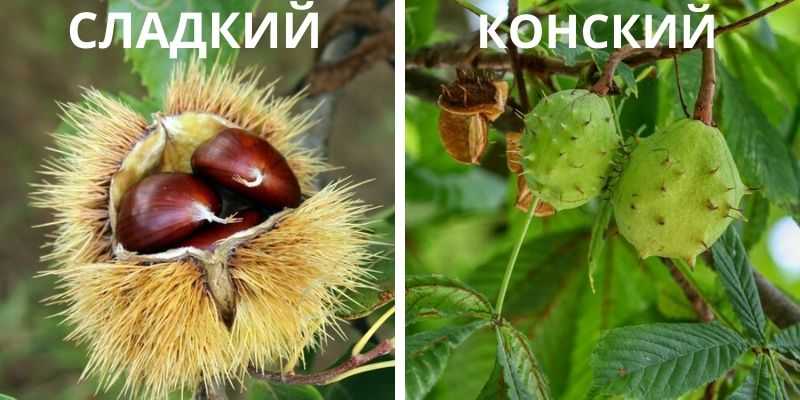
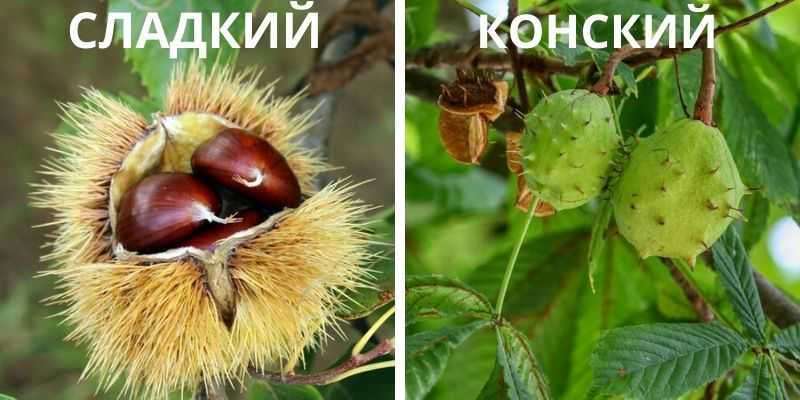
By such external differences, one can easily determine the type of chestnut and decide its future fate: either prepare a delicious treat, or make a craft or feed pets.
Types of chestnut
In Russia there are 3 types of chestnut (genus Castanea). Among them:
- Sowing or Edible (C. sativa). The most common species in our country. A large, fast-growing, unpretentious tree reaches 35–40 m. The crown is compact in the forest and spreading when individually planted. The leaves are lanceolate, deep green in summer and yellow with the onset of autumn.
- Serrated or American (C. dentata). Up to 30 m, rounded crown. The most winter-hardy type of chestnut, it can withstand temperatures as low as –37 ° С. Nuts are smaller and sweeter than other species.
- Japanese or crenate (C. crenata). A tree up to 15 m tall with burgundy-brown shoots and weighty fruits. Prefers a warm climate, found in Adler. In comparison with other species, it is slightly susceptible to fungal diseases. Interesting ornamental chestnut varieties include Pendula Miyoshi with drooping branches.
All species have delicious and nutritious fruits that are eaten raw, boiled and baked.
Distribution
Edible chestnut trees are cultivated in southern Europe and North America, and are popular in China and Japan. The plant prefers a warm, temperate climate, in nature it lives in mountainous areas. In Russia, chestnuts grow in the southern regions, often found in the Caucasus, forming dense forests, and on the Crimean peninsula. Culture was widespread on the Black Sea coast.
The tree often coexists with conifers, beeches and hornbeams. In European countries, it is accompanied by burgundy oak and pines.
Planting and care
For a tree, ventilated, lighted areas and moderately moist, drained soil are preferred. The plant does not tolerate waterlogging, dry soil and high lime content. It develops well on forest loams. The chestnut grows quickly, so at least 5 m of free space is allocated for the seedling. Planting stages:
- Dig a hole in depth and in width 50 cm, fill the bottom of the hole with drainage (crushed stone, chipped brick, pebbles).
- The soil is combined with humus and sand, 500 g of dolomite flour is added.
- Watered with water, place the seedling in the hole, leaving the root collar at ground level.
- The young chestnut is fixed on a support, the soil is carefully compacted with your hands, without damaging the plant. Top up the soil if necessary.
- Watered abundantly with 20-30 liters of water.
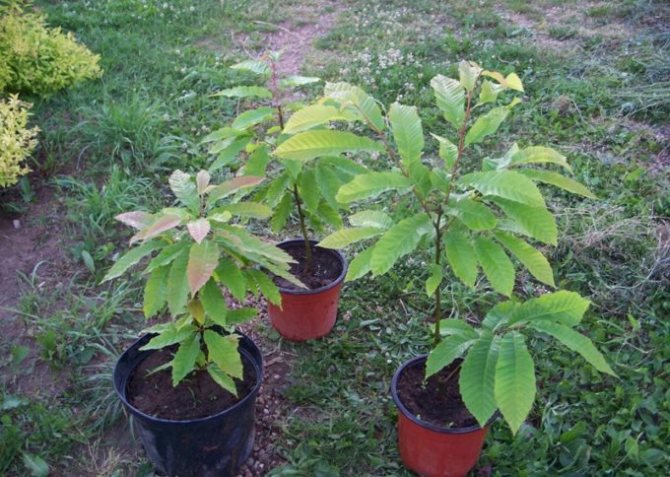
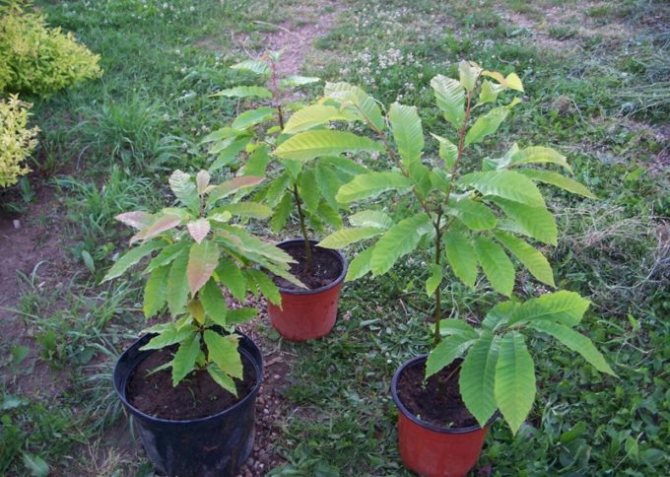
The preferred age for transplanting a seedling is 1-2 years. Young trees are regularly watered, adult plants are watered only in hot summer. The soil around the growing chestnut is loosened several times a year, before the onset of cold weather, the trunk circle is mulched (with hay, bark, peat, sawdust). Fertilize in early spring with manure or complex fertilizers containing phosphorus, nitrogen and potassium.
Reproduction
The plant reproduces in its natural environment by seeds. Fruiting profusely from 15 years. Collecting chestnuts is carried out when they reach full maturity – depending on the variety – at the end of September-October. The frequency of the harvest is once every 2-3 years. When the chestnuts fall off in the fall, they are harvested and planted in the soil. Deepen by 5-7 cm and fall asleep with foliage. Undamaged and ripe fruits are suitable for reproduction.
For spring planting, stratification is required – a procedure that simulates wintering (storage in the cold). The fruits collected in the fall are sprinkled with sand for the winter and kept at temperatures up to +4 ° C. A week before disembarking in open ground, they are immersed in warm water, regularly changing it. The seeds of the plant have a high germination capacity.
After a year, the tree will grow by 30 cm, and by the age of 5 it will stretch by several meters. At a young age (up to 2 years), plants can easily withstand transplantation. Species of the genus Castanea are also propagated by cuttings, cuttings and suckers. The tree has a high growth capacity from the stump.
How edible chestnuts are used in cosmetology
Cosmetology also paid attention to the fruits of the noble chestnut. Its abilities are highly valued in violation of capillary microcirculation and are used to improve the appearance of the skin, prolong and preserve youth, toning, whitening, removing toxins, and protecting against UV radiation.
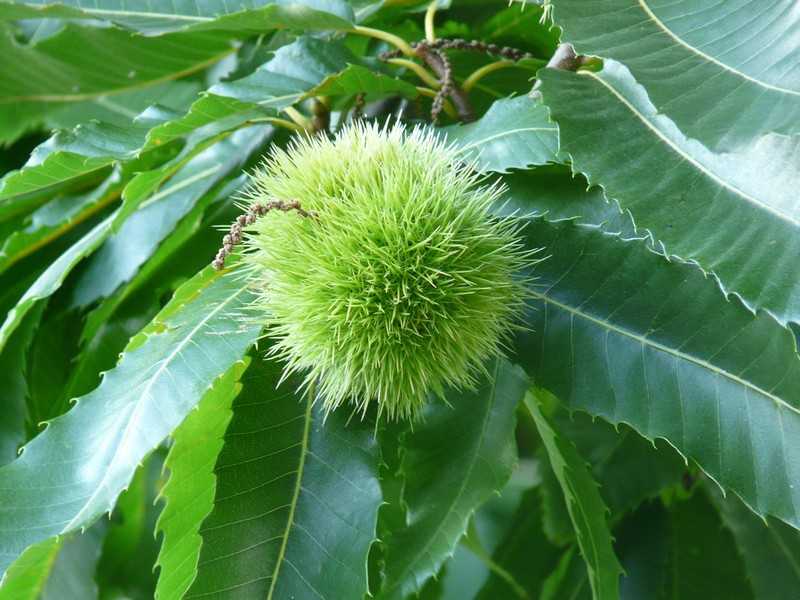

It is also used as a hair tonic because the nut is really able to prevent their loss by strengthening the bulbs themselves. In addition, the anti-inflammatory property has a beneficial effect on the clarity of the skin, getting rid of acne and acne.
Modern cosmetics often include the fruit or other parts of the chestnut tree. But good and high-quality drugs cost a lot of money, so you can significantly save your budget and prepare magic masks and shampoos yourself.
Chestnut edible for narrowing pores and nourishing the skin of the face
Composition:
- chestnut fruits – 4 pcs.;
- milk – 125;
- quail egg yolk – 1 pc .;
- castor oil – 1 tablespoon;
- wheat flour – 1/3 tsp
To make a mask, you must first prepare a powder from chestnut fruits, for which you chop a few nuts and dry them naturally for 3 days. Then take 3 tbsp. the resulting raw material and add to boiling milk, then cover the milk-chestnut mixture with a saucer and leave for 30 minutes. Then add the remaining components to the composition, mix and apply on the face for 10 minutes. Wash with warm, but not hot, water after application.
Chestnut edible to preserve youth
Composition:
- chestnut nuts;
- homemade sour cream.
To prepare this mask, you should boil chestnut nuts. The quantity can be taken at your discretion. Mash boiled nuts until puree and add sour cream to them, keeping an eye on the consistency, which should resemble gruel. Next, apply the composition to the skin of the face and wait 10 minutes, and then wash with cool water.
Anti acne mask
Composition:
- dry powder of chestnut fruits – 2 tablespoons;
- egg white – 1 pcs .;
- tea tree oil – 1-2 drops.
Whisk the protein lightly with a whisk and combine with the chestnut powder. Then add the remaining ingredients and mix everything. Keep this composition on your face for about 20 minutes, and then wash your face with warm water.
Chestnut edible against hair loss and to activate hair growth
Ingredients: dry chestnut fruit powder.
To stop hair falling out and become strong and long, you just need to wash your hair with chestnut powder. To do this, simply rub the powder into damp hair at the roots. In this way, wash your hair once a week.
These simple recipes will help to preserve beauty for many years without resorting to expensive procedures.
Diseases and pests
Susceptibility to parasites and diseases significantly reduces the crop population. The most dangerous:
- Rust or fungal disease caused by the pathogen Cryphonectria parasitica has wiped out more than 95% of the toothed chestnut plantings in the United States. The parasite infects the trunk and shoots, causing the leaves to die off and the tree to dry out;
- ink disease caused by Bleapharospora canibivora. The fungus causes the bark to flake off and weaken the tree;
- powdery mildew – a fungal disease (Erysiphales) begins with leaves near the ground and gradually spreads to the entire tree, leading to decay.
Of insects, aphids, nutcracker, scale insects and weevils are dangerous for the plant.
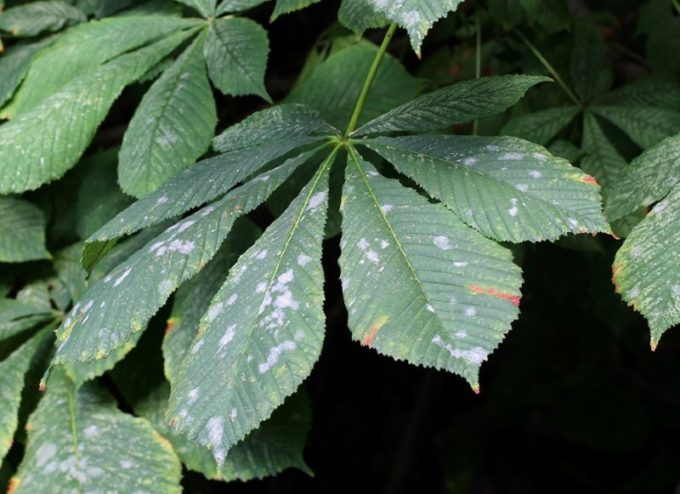
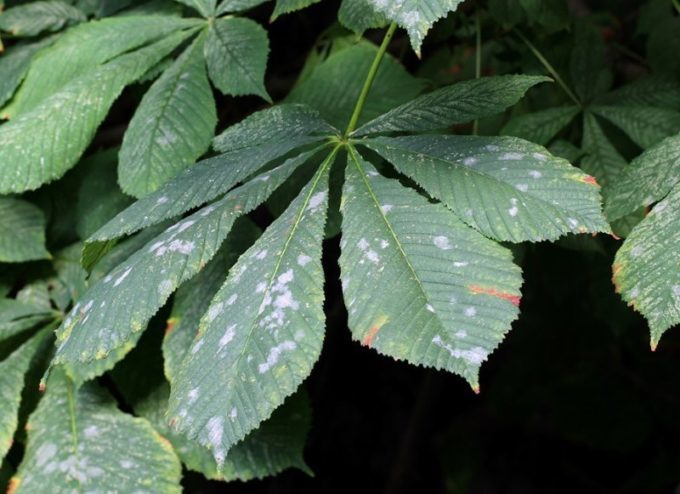
Stagnation of moisture is undesirable, leading to rotting of the chestnut roots and the development of fungal infections. For treatment, spray with fungicides and copper sulfate. It is also necessary to remove the affected branches and areas of the bark, treat with putty or special garden paste. Insecticides are used against insects.
Meaning and application
Wood is similar in texture and structure to oak, but inferior in strength. The wood is easy to process: impregnate with protective compounds, split, glue and tint. Products keep their shape well and are resistant to decay. Wood is used:
- in shipbuilding;
- when decorating houses;
- for the manufacture of barrels;
- in the production of designer furniture.
Earlier, telegraph poles were made from tree trunks, however, since 2012, by order of the Russian Agricultural Union, the harvesting of Castanea sativa timber has been prohibited.

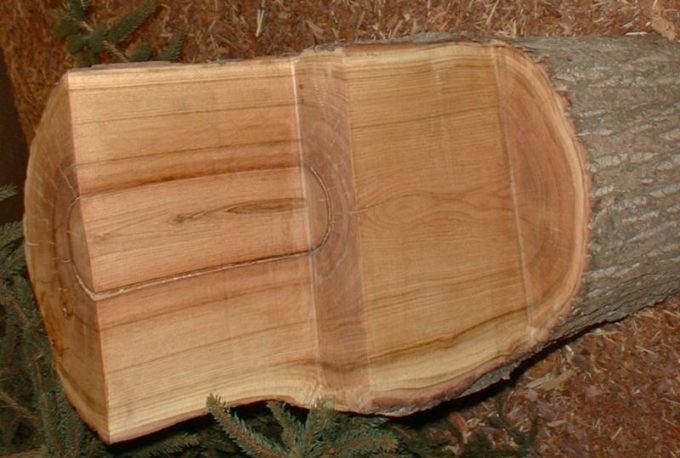
Chestnuts are delicious and nutritious, rich in carbohydrates and proteins, as well as tannins and vitamins. Fruits contain a lot of potassium, magnesium and phosphorus. The yield per hectare is 1 ton of fruits.
The flowers of the plant are a source of nectar for bees. Despite the bitter taste, chestnut honey is considered valuable and in demand. The bark, due to the high concentration of tannins, is used in folk medicine.
Why is edible chestnut useful?
Chestnut fruits are like a fabulous chest, where instead of diamonds the most valuable and important thing is stored – human health. Due to their nutrients, nuts have the following properties that have a beneficial effect on the human body:
- reduction of edema;
- expectorant property;
- bactericidal effect;
- improvement of intestinal motility;
- diuretic effect;
- hemostatic property;
- prevention of atherosclerosis;
- improvement of the digestive system;
- preventing irritation of the mucous membranes of the digestive tract;
- decrease in the acidity of gastric juice;
- normalization of blood circulation;
- prevention and treatment of varicose veins, thrombophlebitis and their consequences, as well as vascular diseases;
- increasing the general tone of the body;
- reducing pain of a rheumatic nature;
- normalization of the nervous system;
- prevention of aging processes.
All this is a general effect on the body, which does not depend on a person’s gender. Meanwhile, the use of nuts in completely different ways can affect the body of men, children and women.
Chestnut edible for women
Women just need to include edible chestnut nuts in their diet. They will help fill in the missing useful vitamins and minerals, improve overall health, and reduce the effects of stress. In addition, the wonderful effect of this unique product for the female body is that chestnuts improve blood flow in the pelvic organs. This normalizes the functioning of the reproductive system and reduces the risk of cancer.
Also, the fruits will be useful during the menstrual period, because they facilitate the outflow of blood, while simultaneously reducing the possibility of viral infections. Chestnuts will be useful for girls who suffer from varicose veins. The product is able to maintain and restore the elasticity of blood vessels, maintain muscle tone. The skin will also say “thank you” if these nuts are present in the diet of the weak half of humanity, because they noticeably improve the appearance and take care of the prolongation of youth.
For men
For men, the use of chestnuts will help in strengthening the immune system, increasing stamina, and general toning of the body. Nuts will also be useful for those of the stronger sex who are forced to lead a sedentary lifestyle, because it is this category that is most susceptible to such a delicate but painful problem as hemorrhoids. Chestnut medications help reduce inflammation, reduce pain, and improve circulation.
In addition, the fruit can inhibit the development of prostate cancer. Therefore, men who seek to preserve and maintain their health will benefit from the use of this product.
In pregnancy
The state of pregnancy is a kind of stress for the female body, for which the load increases significantly during this period. Chestnut could be an excellent additional source of vitamins, as well as protect a pregnant woman from stress and nervous overexcitement.
But experts warn about the impossibility of eating fruits while waiting for the baby. First of all, this is due to the ability of the nut to influence blood circulation, which can be dangerous for the expectant mother and her child. In addition, chestnuts can cause baby allergies. Therefore, doctors prohibit not only using chestnuts, but even using them externally or as part of various medications.
When breastfeeding
During the lactation period, nursing mothers are shown a strict diet aimed at the correct formation of the baby’s body. Products consumed by a woman during such a period should be of absolute benefit and not cause the risk of developing any diseases or disorders in the baby. In this regard, the use of chestnuts during breastfeeding is also prohibited, as well as during pregnancy, because fruits can cause dysfunction of the growing body, colic, bloating and an allergic reaction.
For children
In childhood, the use of chestnuts will help to cope with seasonal colds, strengthening the immune system, increasing the overall tone of the body, positively affecting blood circulation, improving digestion and providing the child with all the necessary nutrients. But at the same time, pediatricians and experts on healthy nutrition recommend introducing a child to a healthy dish no earlier than five years of age, because chestnuts are poorly absorbed and digested by the child’s body. In addition, malfunctioning of the liver, pancreas and kidneys may occur.
Also, the fruits are quite capable of provoking bloating and make the process of defecation difficult. It is best to rub the chestnuts until mashed and mix the product, for example, with potatoes, and then watch the reaction. But before you start using it, you need to consult with a specialist in order to prevent a possible danger.
Chestnut edible for weight loss
Nutritionists recommend that their patients introduce chestnut dishes into the menu, because fruits help to regulate the work of the heart muscle, nervous system, eliminate pain, relieve fatigue, remove excess fluid and replenish the vitamin balance. Nuts are saturated with dietary fiber and have a rather large calorie content, but this will not have a negative effect if you consume the product without exceeding the number of permissible calories per day.
In addition, the nutritive value is considered high, and you will need to eat very little to satisfy your hunger. The main thing is to measure, and then the extra pounds will start to “go away”, and the benefits of nuts will remain!
We recommend reading: Black walnut – application, properties, composition, benefits, contraindications
Use in landscape design
In landscape compositions, horse chestnut (Aesculus) is more often used, rather than sowing chestnut (Castanea sativa). Aesculus has decorative fan-shaped leaves with elongated petioles. Leaves of this type in trees are practically not found on the territory of Russia, which allows the chestnut to look original.
The second feature that gives attractiveness to a chestnut tree when landscaping a garden is fragrant inflorescences-candles with white flowers in a pink-yellow speck. Plants decorate gardens and parks, create decorative alleys, both in Russia and in European cities.
Despite being less decorative, Castanea sativa is also used in landscape design, more often in group plantings. The tree fits well into the park area, combining with acacias, birches and conifers.
Japanese chestnut is often used for landscaping gardens, squares and hedges.
Chestnut in the greening of city streets and squares.
All the deteriorating ecology of the modern city makes it necessary to pay great attention to green spaces, thanks to which microclimatic conditions are significantly improved. Plants can lower the summer temperature slightly and increase it in winter, reduce the wind speed, create coolness and increase humidity. The dustproof properties of trees allow the adsorption of exhaust gases and vapors, reduce the activity of bacteria and retain dust particles. therefore, the chestnut tree described above is one of the main participants in urban landscaping. After all, its powerful crown and large leaves provide the most important protection of a person from negative climatic factors, harmful substances and bacteria.
Today, a lot of attention from private developers and city authorities is paid to landscaping courtyards and residential complexes, parks and squares, hospitals and schools. There are standard indicators of the percentage of objects and green areas for individual territories. For example, for the territory of hospitals, hospitals, clinics, the percentage of building structures should be 15%, and landscaping – 60% of the total area of the site. For hospitals, large areas of green groves are especially important, because the chestnut, a plant that secretes phytoncides, has a detrimental effect on fungal, pathogenic bacteria. Chestnut alleys provide coolness in the heat of summer, providing a fresh, healthy flow of air.
Monumental trees isolate individual areas – residential complexes, courtyards, hospitals from city squares and streets, creating areas favorable for relaxation and relaxation. Chestnut, whose photo at a glance impresses with its splendor and spreading, in combination with other types of trees allows you to create cozy, lively corners where recreation areas and children’s playgrounds are located.
Greened parks and squares, with their own internal infrastructure, play a huge role in the life of every city. They not only ennoble the look of the settlement, but also attract townspeople and tourists. Thanks to the chestnut tree and other species of flora, landscape designers are able to create unique, holistic landscapes. They serve to improve the environment and delight the eyes of park visitors. Greening of industrial zones also plays an important role for workers. Chestnut, which has the ability to effectively purify the air, is able to reduce the concentration of toxic impurities in the air masses and absorb dust. Not all plants are endowed with such properties, which favorably distinguishes chestnuts and makes them use it for landscaping any places in the city.
Did you know that only one adult chestnut tree can clean 15-20 thousand cubic meters of air masses from harmful particles and dust.
